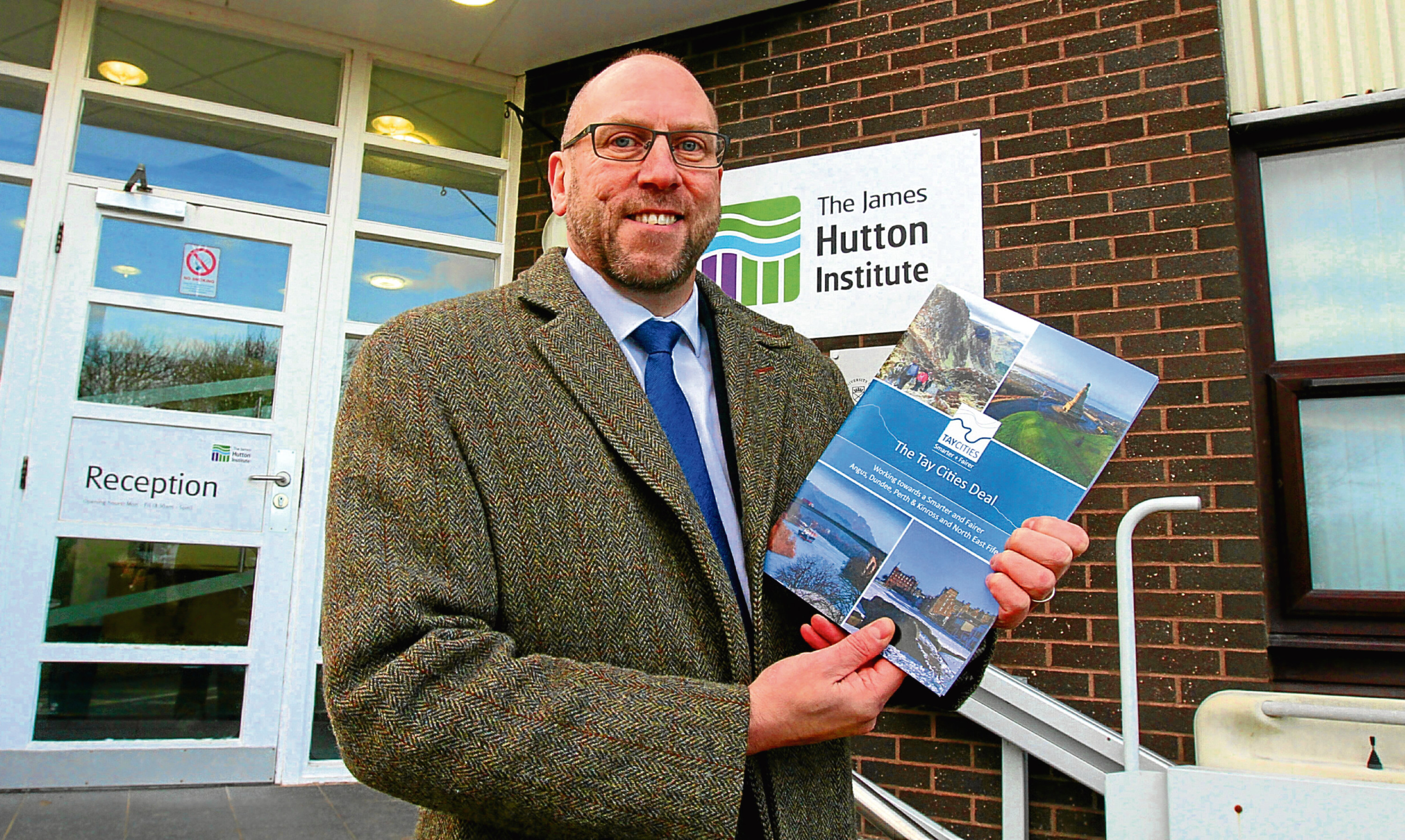Remember those exciting days as a child when you sat hearthside ready to send your Christmas list up the lum to Santa?
You’d been told by your parents not to be greedy, you’d worked on your list for weeks, but couldn’t help that sneaky last minute addition.
That’s exactly what came to mind when reading the almost 100-page long Tay Cities Deal bid document this week.
I can imagine this document full of exciting proposals landing on a Westminster desk and, like Father Christmas with a huge toy request from a naughty girl or boy, eyebrows being raised.
In total the Tay Cities Deal bid encompasses more than 50 individual projects set out along the Tay corridor, Angus and Perthshire.
It is ambitious to say the least – for example the cash injection from both public and private sector could buy another Queensferry Crossing with some change left over, or dual much of the A9 to Inverness.
On the jobs front, the deal consortium has estimated it could be the catalyst to as many as 15,000 new jobs for the region within 10 years.
That’s the kind of transformatory change that is needed in this part of the world – after all the Centre for Cities has just revealed Dundee to have the lowest employment rate of any major UK city – and I applaud the vision.
Like the kid at Christmas I expect some of the asks within the Tay Cities bid document will be granted and others will be swiftly dropped after a quick word in the ear from mother.
In that manner, the City Deal process is a game.
You have to aim high before settling for an outwardly lesser deal that still covers the ground you want to cover.
In the case of Tay Cities, there’s a lot of less-than-sexy spadework to be done.
That means putting in mechanisms to raise productivity within the established economy – gross value added per employee is £5,700 lower per annum in the region than across Scotland as a whole, despite a stronger showing in Dundee –and it means putting an innovative framework in place to tackle the all-too-stubborn unemployment issue.
It also means cutting through the barriers – and, in some cases, personal fiefdoms – that prevent the kind of collaborative cross-council and cross-agency working that will be required if the Tay Cities deal is to become the game changer people want it to be.
Of course, the bid document also has its fair share of ‘sexy’ proposals designed to catch the eye.
Top of the list is Dundeecom – the bid to put Dundee at the heart of the decommissioning industry that is emerging as the oil and gas industry in the North Sea moves into its dotage.
The plan is to promote Dundee, Montrose and Methil collectively as the perfect base both for physical decommissioning work and for best practice research. That makes sense.
But what but I don’t understand is why we’re not also chasing the considerable renewables opportunity – a sector with the potential to outlive decom.
An International Aviation Academy – presumably building on the strengths of Tayside Aviation – also makes it on to the sexy list along with a new studiotel for the games industry, improved marine tourism infrastructure and investment at Gaurdbridge to create the UK’s first carbon neutral university.
There’s much more besides and I’d urge everyone familiarise themselves with the bid document and its contents.
But, thankfully and after much too long a wait, we finally have a coherent vision for the industrial rebirth of this region and I look forward to its formal submission to government.
It will then be up to the UK and Scottish governments to come up with the cold, hard cash to make it happen.
It’s a scary thought but our long-term economic wellbeing is in their hands.
